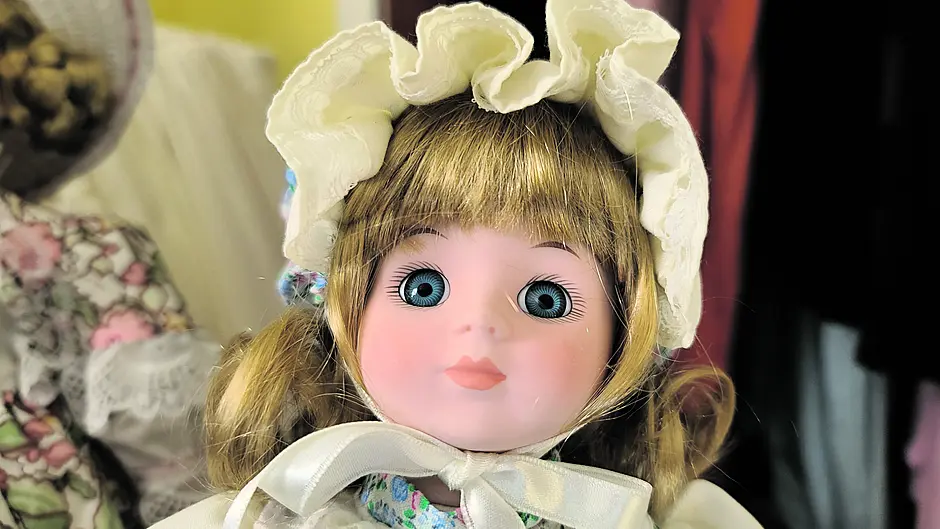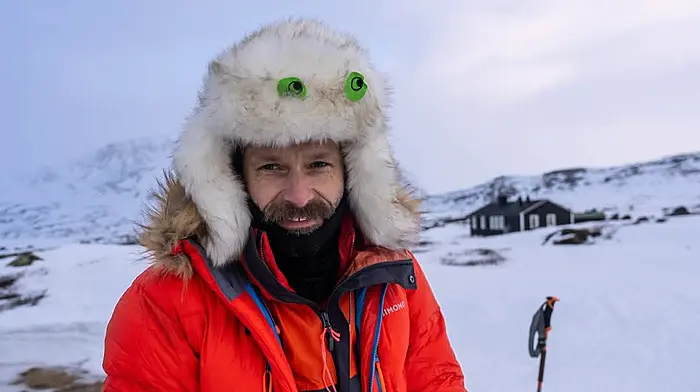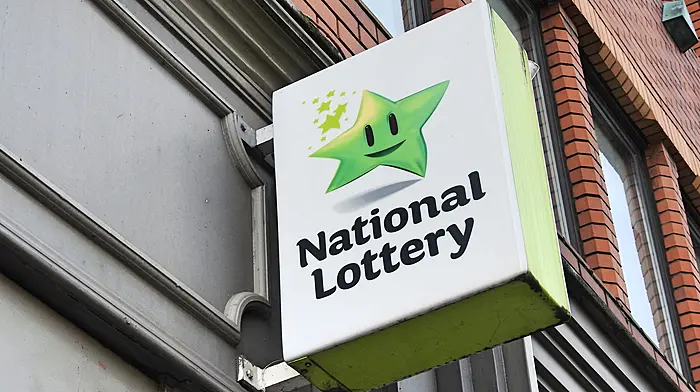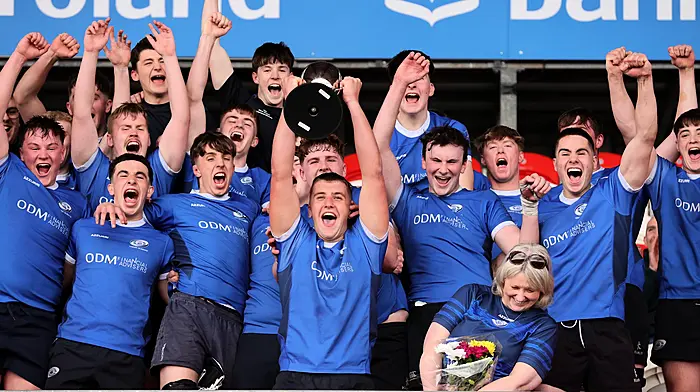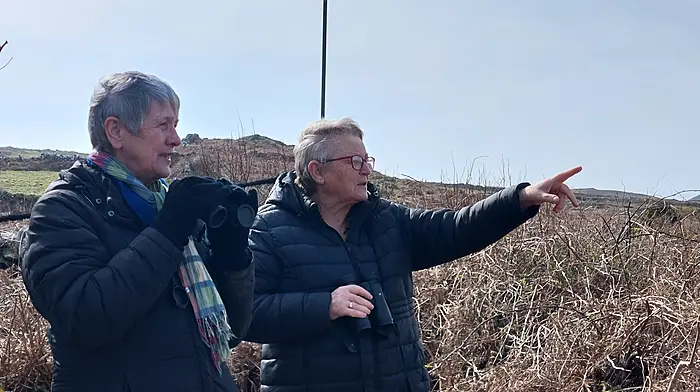Christmas Eve in Adrigole was a favourite time for Sheila, who grew up in Faha on the Beara peninsula, she tells Mary McCarthy. Without electric lights, the holidays were all about seeing candlelight in the homes
TURKEY was the only currency in Adrigole during Christmas of the 1950s.
‘In those days, turkeys were precious, they were money. The townspeople would have gone round to the farmers to buy them for Christmas dinner,’ according to Sheila Butler, who grew up in Faha and would have been better known as Sheila Mickey.
‘Growing up, I would have reared them. Eight to ten turkeys at most were kept in the hen house.
‘The hens laid eggs and we kept a cockerel. And the chicks fascinated me, these small little creatures needed protection. Every day they were allowed roam free around the garden. They were out foraging for worms and slugs. They were lucky hens and lucky cocks.’
‘The turkeys were totally spoiled,’ she said.
‘I used feed them in the morning and evening with potatoes, potato skins and corn. In the autumn, my mother encouraged her children after school to go and pick the blackberries for the turkey feed. ‘
If blackberries were not on the feed, the turkeys would not always eat it.’
In rural communities, Sheila recalled, tick was held. Establishments were paid in December for bills raised around and before Christmas.
This covered basics from the shops like sugar, tea, and flour. Most people would have had milk and butter. If there was money left over and usually would be, the family got something extra like a Christmas cake.
‘Turkey money paid for what they could not pay for during the year,’ she said. ‘This was a huge, big time to go out to the different shops. The owners would give a glass of sherry to the ladies and a bottle of Guinness to the men. As a gift from the shop for paying the bills, a red Christmas candle was given to the customers to put in their window or on the table.’
‘When I look back on it now, Christmas Eve was amazing,’ Sheila, who now lives in Drimoleague, recalled. ‘When I was allowed to go out after dark, it left an impression on me. There were no electric lights in the homes of this rural country place, except candle light in the windows to look at. Christmas was about light and about baby Jesus being born. Light was a symbol of Christmas like baby Jesus, Mary, St Joseph, and the shepherds, even if we didn’t understand what it was about at the time.’
‘My mother was the one in charge of the turkeys. One year the price dropped. She simply said, “I am not selling my turkeys for that price.” As a result of that decision, every Sunday from Christmas until Easter, she cooked turkey for dinner. I had so much of it at the time, I never had it again when I lived in England. Chicken took its place in my home with my husband and four children on December 25th,’ she said.
‘Every year as a child, I was so excited. I loved the build-up to Christmas,’ Sheila added. ‘And the excitement of waiting for Santa. I always wanted a doll.
One Christmas, I was so jealous of my friend, Mary, because she got a doll and her mother had a new baby. They were wealthier than us, her parents were teachers.’
‘For some years, my mother lived in America. In the bedroom, her trunk had one side that folded out to hang clothes and on the other side was a chest of drawers. That Christmas, all I wanted was a baby. I recall putting a turkey in the bottom drawer of the trunk and wrapped it with a towel. I wanted Mary to know that my mother had a baby, too. When she visited my home, she did not know that when I went and opened the door of the chest of drawers a little bit to show her ‘the baby’, the movement she saw was that of a turkey. I can still visualise that day. I wanted to be as good as her. Mary raced down the road to tell her mother that Mrs Sullivan Mickey had a baby as well!’

